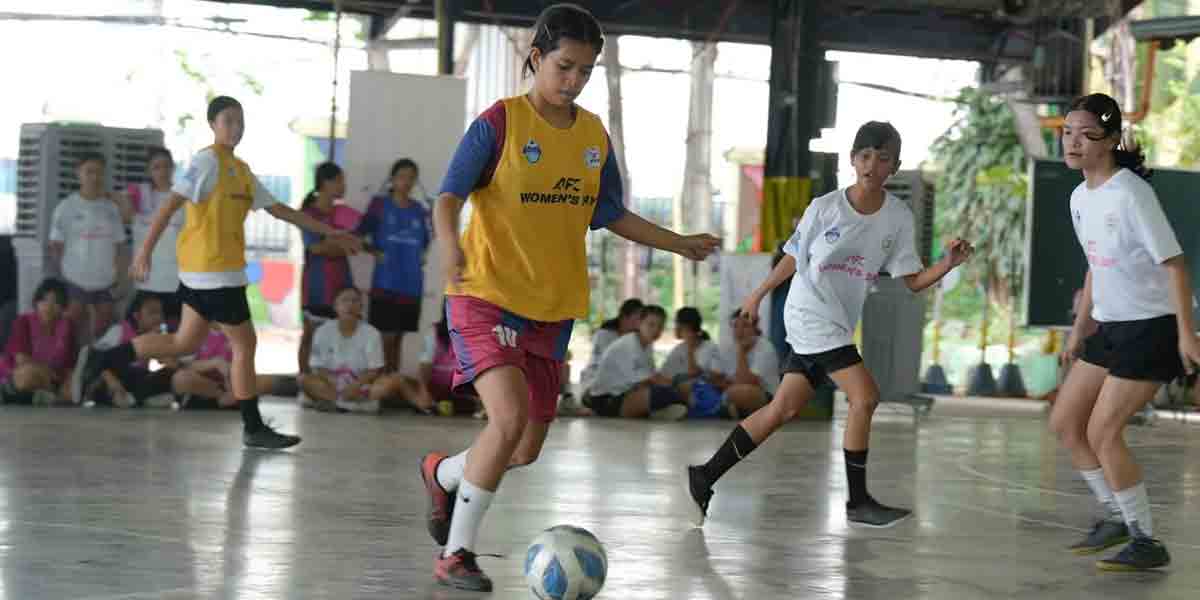By Herman M. Lagon
THE NATIONAL Achievement Test (NAT) and the Basic Education Exit Assessment (BEEA) have been central to the debate on the country’s education quality. These are designed to gauge our students’ academic proficiency and preparedness in Grades 3, 6, 10, and 12. However, challenges and concerns have been raised over the years, questioning the integrity and effectiveness of these assessments.
In my column article “Are we NATs?” written more than a decade ago, I pointed out the incongruities in the NAT results, particularly in Iloilo City, where public schools significantly outperformed private schools, a statistical improbability that raised questions about the testing process’s fairness and accuracy. The common knowledge of cheating and administrative failures suggests that such irregularities could undermine the educational system’s credibility, evaluation, and policy-making process.
Fast forward to the present, introducing the K-12 educational system and administering the NAT and BEEA continue to reveal significant issues. Despite continued cheating issues on the ground, there has been a notable drop in NAT scores, particularly in critical subjects like Science, Math, and English. This decline in performance, consistent with our placement in international assessments like PISA and TIMSS, raises serious concerns about the education system’s alignment with 21st-century demands. To many, it is one compelling indicator of a learning crisis.
DepEd’s initiative, Sulong Edukalidad, aims to address these issues through curriculum review, enhancing the learning environment, and upskilling teachers. However, the problem extends beyond the testing process, curriculum, and teaching methods. The socio-economic disparities, language barriers, and varying educational quality across regions and school types call for a more nuanced approach to educational assessment and policy.
My observations in my 2009 article about DepEd’s achievement tests resonate strongly with the current educational landscape. The critique of the NAT process—particularly the dubious high performance of particular schools and the public knowledge cheating methods—mirrors the current concerns about assessment integrity and lack of proper modeling to students regarding value formation. It suggests that the problems are not new but are part of a long-standing pattern in our ailing educational system. The DepEd structure is such that it compels some school administrators and teachers to resort to dubious means to perform better in the tests, thus resulting in erratic results and problematic policy decisions.
Addressing these challenges requires a collaborative and multi-faceted approach. Anti-cheating structures and assessment protocols are a must. Stakeholder involvement, including educators, students, parents, and educational experts, is also crucial for providing valuable perspectives on improving the educational system. Continuous evaluation and adaptation of the assessments are necessary to ensure they accurately reflect student learning and inform effective educational strategies. We are still determining, though, if these are indeed being taken seriously by the present administration.
While the NAT and BEEA ideally play significant roles in our educational system, their effectiveness and integrity are critical for genuinely measuring and enhancing student learning outcomes. Building on past insights and current challenges, a concerted radical effort is needed to reform these assessments, ensuring they serve as reliable, ethical, and fraud-free indicators of educational quality, student preparedness, and instructional policies.
***
Doc H fondly describes himself as a ‘student of and for life’ who, like many others, aspires to a life-giving and why-driven world that is grounded in social justice and the pursuit of happiness. His views herewith do not necessarily reflect those of the institutions he is employed or connected with.

























